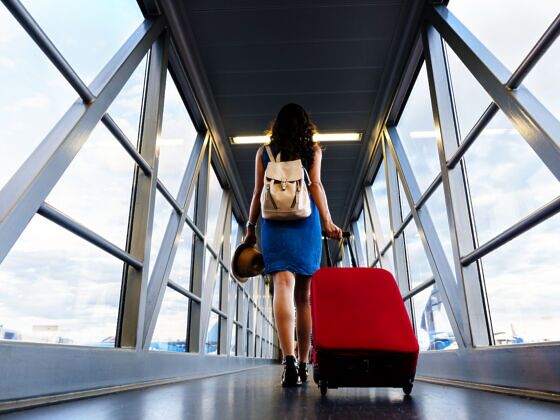When we started planning for our nine-month trip, we knew we had to pack light. So we did everything we could to keep our bags as lean as possible. In the end, all we brought with us was one carry on each and a small backpack. This was no easy feat, considering we visited countries with completely different climates — Japan in the winter, for example, followed by time in boiling-hot Bangkok.
A lot of people were surprised to hear how little we had with us. The funny thing is, what we thought was “light” when we first started our trip completely transformed as time went on. As we traveled, we realized we needed less and less and learned how to make sure most of what we had packed would do some multitasking for us. We wanted to share what we learned about traveling light. If you’re looking to travel with less on your next trip, here are a few ways to travel light with just a carry-on, even if it isn’t a nine-month world-tour!
